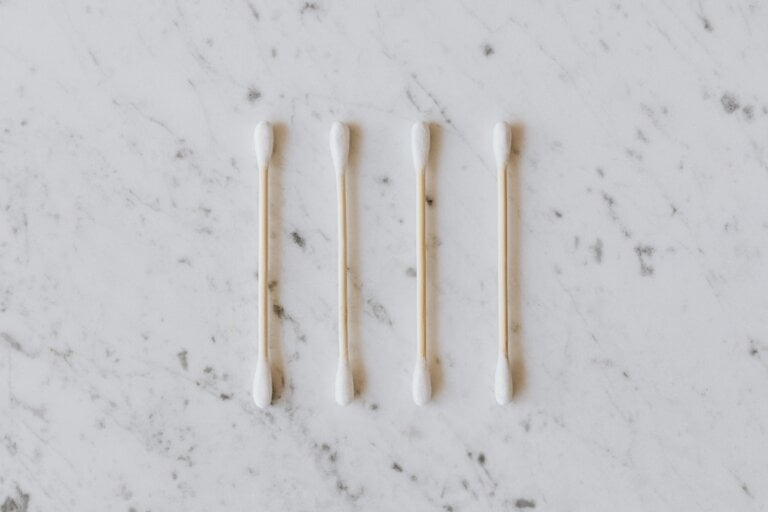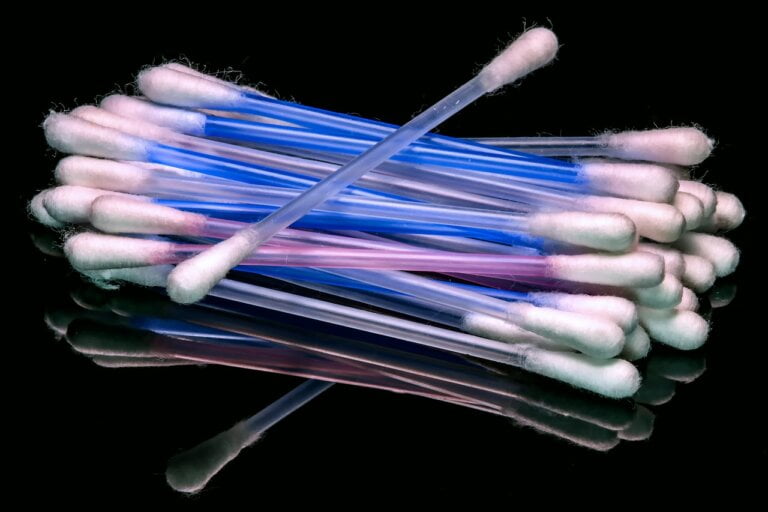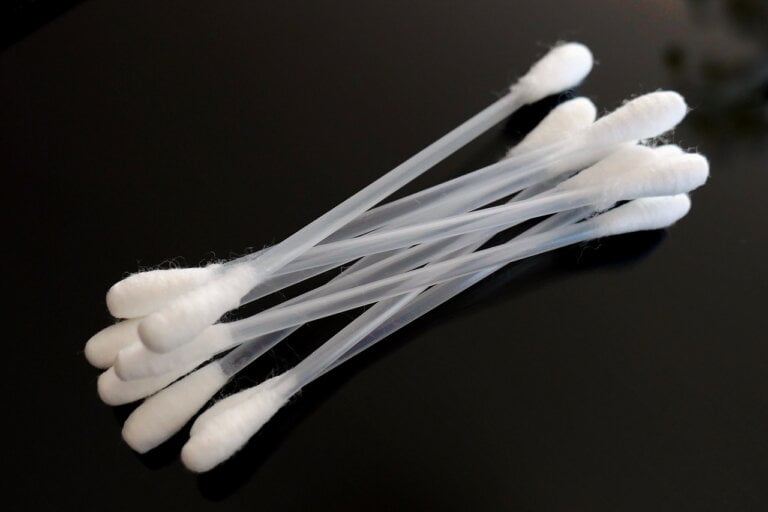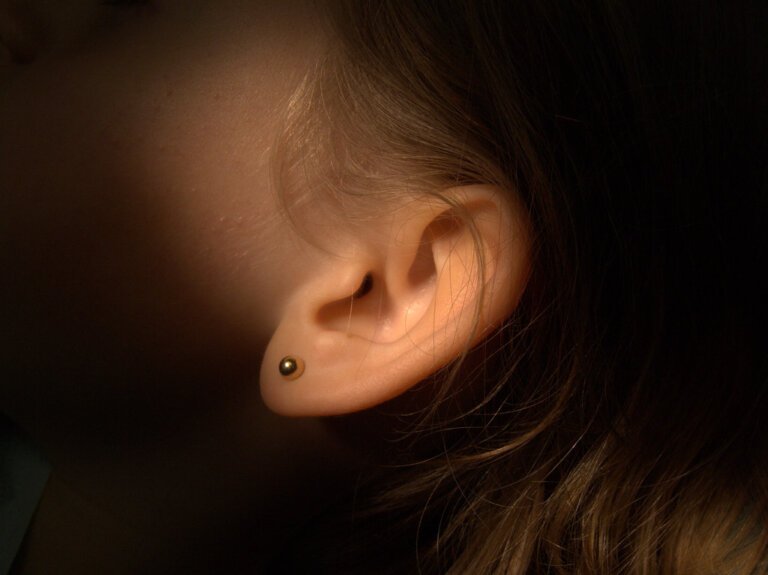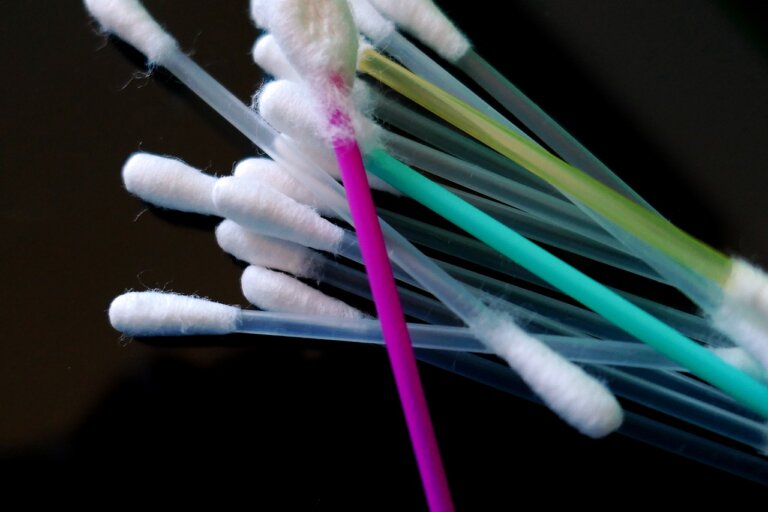Mastering the Pre-Procedure Steps: Get Ready for Your Manual Instrument Ear Wax Removal
Taking care of our ears is an important part of maintaining overall well-being. Earwax, also known as cerumen, is a natural substance produced by the glands in the ear canal. It helps to keep our ears lubricated, clean, and protected from debris, dust, and harmful microorganisms. However, excessive earwax buildup can lead to discomfort, hearing problems, and even infections. To address this issue, many individuals opt for manual instrument earwax removal performed by healthcare professionals. In this article, we will guide you through the essential pre-procedure steps to help you prepare for your manual instrument earwax removal.
Understanding the Procedure
Before diving into the pre-procedure steps, let’s take a moment to understand what manual instrument earwax removal entails. Manual instrument earwax removal is a safe and effective method used by trained professionals to remove excessive earwax. During the procedure, a healthcare expert carefully uses specialized tools, such as curettes or forceps, to gently extract the accumulated earwax. The process is typically quick, and patients often experience immediate relief from discomfort and improved hearing.
Manual instrument earwax removal is considered the gold standard for earwax removal due to its precision and effectiveness. Unlike other methods like ear candling or using cotton swabs, manual instrument removal allows the healthcare professional to directly visualize and target the earwax for removal. This reduces the risk of pushing the earwax further into the ear canal or causing any damage to the delicate structures within the ear.
Furthermore, manual instrument earwax removal is a non-invasive procedure that does not require any anesthesia. It is generally well-tolerated by patients and has a low risk of complications. The procedure can be performed in a clinic or healthcare facility, and patients can return to their daily activities immediately after the removal. Overall, understanding the procedure can help alleviate any concerns or fears you may have and allow you to approach the pre-procedure steps with confidence.
Why Pre-Procedure Preparation Matters
Proper preparation before any medical procedure is crucial for achieving the best possible outcome. When it comes to manual instrument earwax removal, a few essential pre-procedure steps can help ensure a smooth and successful experience. Adequate preparation can minimize the risk of complications, enhance the effectiveness of the procedure, and promote your overall comfort throughout the process.
One of the key reasons why pre-procedure preparation matters is to ensure optimal conditions for the healthcare professional to perform the earwax removal. By following the pre-procedure instructions provided by the healthcare professional, you can help soften the earwax, making it easier to remove. This can improve the effectiveness of the procedure and reduce the likelihood of any discomfort during the removal process.
Additionally, pre-procedure preparation allows you to communicate any concerns, fears, or relevant medical history to the healthcare professional. This information is vital for them to tailor the procedure to your specific needs and ensure your safety. By sharing your medical history, such as previous ear surgeries or allergies, the healthcare professional can take appropriate precautions and adjust the procedure accordingly. Effective communication and preparation create a collaborative approach between you and the healthcare professional, ensuring a positive experience and optimal outcomes.
Preparing for Manual Instrument Earwax Removal
1. Consultation with a Healthcare Professional
Before scheduling your manual instrument earwax removal, it is important to consult with a healthcare professional specializing in ear care. They will assess your specific situation, evaluate the severity of your earwax buildup, and determine if manual instrument removal is necessary. This initial consultation is crucial for understanding the procedure, addressing any concerns or questions you may have, and receiving personalized advice.
During the consultation, the healthcare professional will ask about your symptoms, medical history, and any previous ear-related issues. They may also perform a visual examination of your ear canal to assess the extent of the earwax buildup. Based on their evaluation, they will recommend the most appropriate course of action, which may include manual instrument earwax removal.
This consultation is an opportunity for you to ask any questions you may have about the procedure. You can inquire about the risks, benefits, and expected outcomes of the removal. The healthcare professional will provide you with detailed information, ensuring that you are fully informed and prepared for the procedure.
2. Follow Any Pre-Procedure Instructions
During your consultation, the healthcare professional will provide you with specific pre-procedure instructions that you need to follow. These instructions may vary depending on your individual circumstances. It is important to adhere to these guidelines, as they are designed to optimize the effectiveness and safety of the procedure.
One common pre-procedure instruction is ear cleaning. In certain cases, the healthcare professional may recommend cleaning your ears with a gentle cleanser or prescribed drops before the procedure. This helps to soften the earwax and facilitate its removal. It is essential to follow the instructions provided by the healthcare professional and avoid using any harsh or abrasive cleaning methods that can damage the delicate structures of the ear.
If you are taking any medications or are on a specific treatment plan, inform the healthcare professional during your consultation. They will guide you on whether any adjustments need to be made prior to the earwax removal procedure. Certain medications, such as blood thinners, may increase the risk of bleeding during the procedure. The healthcare professional will provide you with appropriate guidance to ensure your safety.
In some instances, the healthcare professional may advise against engaging in specific activities before the procedure. This could include avoiding swimming, using earplugs, or inserting any objects into your ears. These precautions help prevent further accumulation of earwax or potential injuries. It is crucial to follow these instructions to create an optimal environment for the removal procedure.
3. Familiarize Yourself with the Procedure
Although the manual instrument earwax removal procedure is performed by healthcare professionals, it is beneficial to familiarize yourself with the process. Educating yourself about the procedure helps alleviate anxiety and allows you to better understand what to expect. You can ask your healthcare professional to explain the steps involved, any potential discomfort, and the expected duration of the procedure.
During the procedure, the healthcare professional will use specialized tools, such as curettes or forceps, to gently remove the earwax. They will carefully manipulate the instruments to access and extract the accumulated earwax without causing any harm to the ear canal or eardrum. The process is typically quick, and patients often experience immediate relief from discomfort and improved hearing.
By familiarizing yourself with the procedure, you can mentally prepare for the removal process and have realistic expectations. This knowledge can help you remain calm and relaxed during the procedure, enhancing your overall comfort and cooperation with the healthcare professional.
4. Arrange Transportation
Manual instrument earwax removal is generally a quick procedure that does not require anesthesia. However, it is advisable to arrange transportation to and from the clinic or healthcare facility where the procedure will be performed. This is especially important if you anticipate any dizziness or discomfort after the removal process. Having someone accompany you ensures your safety and convenience.
While manual instrument earwax removal is a safe procedure, some individuals may experience temporary dizziness or lightheadedness afterward. This can occur due to the manipulation of the ear canal during the removal process. To avoid any risks while driving or operating machinery, it is recommended to have someone else drive you home after the procedure. This way, you can focus on your recovery and avoid any potential accidents or complications.
5. Comfortable Attire
On the day of the manual instrument earwax removal procedure, it is advisable to wear comfortable clothing. Loose-fitting tops or shirts that allow easy access to your ears are ideal. Avoid wearing excessive jewelry, scarves, or accessories that could interfere with the procedure or cause discomfort.
Comfortable attire is important for several reasons. Firstly, it allows the healthcare professional easy access to your ears, ensuring a smooth and efficient procedure. Loose-fitting clothing also helps you feel more at ease during the removal process, minimizing any potential discomfort or restrictions. By wearing comfortable attire, you can optimize your comfort and cooperation, contributing to a successful earwax removal experience.
6. Communicate Your Concerns and Medical History
Before the procedure begins, communicate any concerns or fears you may have with the healthcare professional. They are there to address your questions and provide reassurance. Additionally, inform them of any relevant medical history, such as previous ear surgeries, allergies, or any ongoing ear conditions. This information helps the healthcare professional tailor the procedure to your specific needs and ensure your safety.
Open communication is crucial for a successful manual instrument earwax removal procedure. If you have any concerns regarding the procedure, such as potential pain or discomfort, it is important to discuss them with the healthcare professional beforehand. They can provide you with information and reassurance, alleviating any anxiety you may have.
Sharing your medical history is equally important. Previous ear surgeries, allergies, or ongoing ear conditions can affect the procedure and its outcomes. By informing the healthcare professional about these aspects, they can make the necessary adjustments and take appropriate precautions to ensure your safety and optimize the results of the earwax removal.
Conclusion
Mastering the pre-procedure steps for manual instrument earwax removal is essential for a comfortable and successful experience. By following the guidelines provided by a healthcare professional, you can ensure optimal conditions for the procedure. Remember to consult with a specialist, adhere to any pre-procedure instructions, familiarize yourself with the process, arrange transportation, and communicate any concerns or medical history. These steps will help you prepare effectively and maximize the benefits of manual instrument earwax removal, leaving you with cleaner and healthier ears.
1. What is manual instrument earwax removal?
Manual instrument earwax removal is a safe and effective method used by healthcare professionals to remove excessive earwax. During the procedure, specialized tools like curettes or forceps are used to gently extract the accumulated earwax, providing immediate relief from discomfort and improved hearing.
2. Why is pre-procedure preparation important for manual instrument earwax removal?
Pre-procedure preparation is crucial for achieving the best outcome during manual instrument earwax removal. It helps soften the earwax, making it easier to remove and reduces the likelihood of discomfort. Adequate preparation also allows you to communicate any concerns, fears, or relevant medical history to the healthcare professional, ensuring a safe and personalized procedure.
3. What are the pre-procedure steps for manual instrument earwax removal?
The pre-procedure steps for manual instrument earwax removal include:
- Consultation with a healthcare professional specializing in ear care to assess your situation and provide personalized advice.
- Following any pre-procedure instructions provided by the healthcare professional, which may include ear cleaning or medication adjustments.
- Familiarizing yourself with the procedure to alleviate anxiety and have realistic expectations.
- Arranging transportation to and from the clinic or healthcare facility for convenience and safety.
- Wearing comfortable attire, avoiding excessive jewelry or accessories that could interfere with the procedure.
- Communicating your concerns and medical history to the healthcare professional for tailored care.
4. Is manual instrument earwax removal a safe procedure?
Yes, manual instrument earwax removal is considered a safe procedure. It is non-invasive, does not require anesthesia, and has a low risk of complications. However, it is important to consult with a healthcare professional specializing in ear care and follow the pre-procedure instructions provided to ensure optimal safety and effectiveness.


